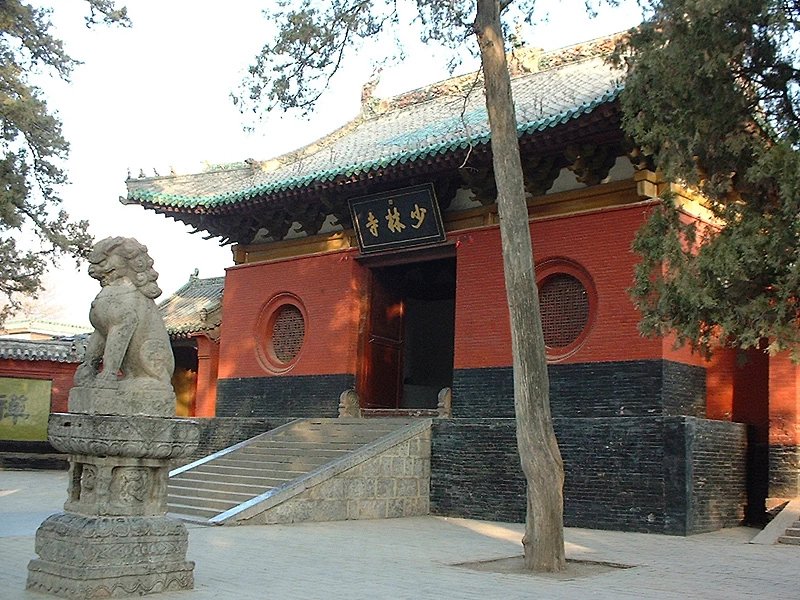I am grateful for the healing power of Kung Fu. Without it, I would probably not be able to type this message, much less practice and teach martial arts at a championship level. Here is my story.
I suffered my first severe wrist injury shortly after graduating from high school. Bicycling home from work one night, I hit a deep sinkhole along Highway 99 in Seattle. My front wheel buckled, and my body smashed headlong into the concrete, shattering my radius.
A local surgeon bolted the fragments of my wrist back together again. He advised me not to expect too much after my recovery. Forget about sports and other strenuous activity, the doctor said, and prepare for early-onset arthritis.
I refused to accept his grim forecast. Instead, I modified my Kung Fu practice to support my rehabilitation. And it worked. Gradually, the swelling went down, and my flexibility returned.
Across the world of martial arts, injuries are often viewed as the unavoidable cost of proficiency; as proof of one’s dedication, willpower and personal character. We prioritize a different set of ideals in Chinese Kung Fu. We pursue self-cultivation… stretching, strengthening, and understanding our own mind and body.
Five years after my first injury, I faced another crisis. The combination of brutal work hours, bad posture, and a poorly designed workstation caused serious RSI in both hands.
In the initial weeks, I was irritated during office tasks, and felt comfortable again after a short break. As the condition advanced, the pain would continue for hours into the evening. Eventually, it became a constant presence, destroying my productivity and attitude, and nearly ending my career.
My supervisor at the time was clueless and unsympathetic. “Stop karotty chopping boards every night, and get back to work,” he demanded.
Once again, Kung Fu was an essential tool in my return to health.
Although the term Kung Fu is often misunderstood as a particular style of martial arts, it actually describes a wide range of activities, and their results. Qigong is Kung Fu. Tai Chi is Kung Fu. Even serving tea can be Kung Fu!
I have fully recovered from these injuries. Watching my sword form today, you would never suspect that, just a few years ago, I was unable to hold and use a pencil.
This story is not intended as medical advice. Yet mine is a common experience among dedicated practitioners of martial arts. The legendary founder of Aikido was once dismissed as a hopeless, sickly child. The same is true for Helio Gracie, the father of Brazilian Jujitsu, and an inspiration for the UFC. Even Huo Yuanjia—the real-life inspiration for Jet Li’s movie Fearless—was originally considered too weak to fight! And so on.
How many others could heal themselves by learning Taiji or Kung Fu?
Shaolin Temple image credit: Yaoleilei
